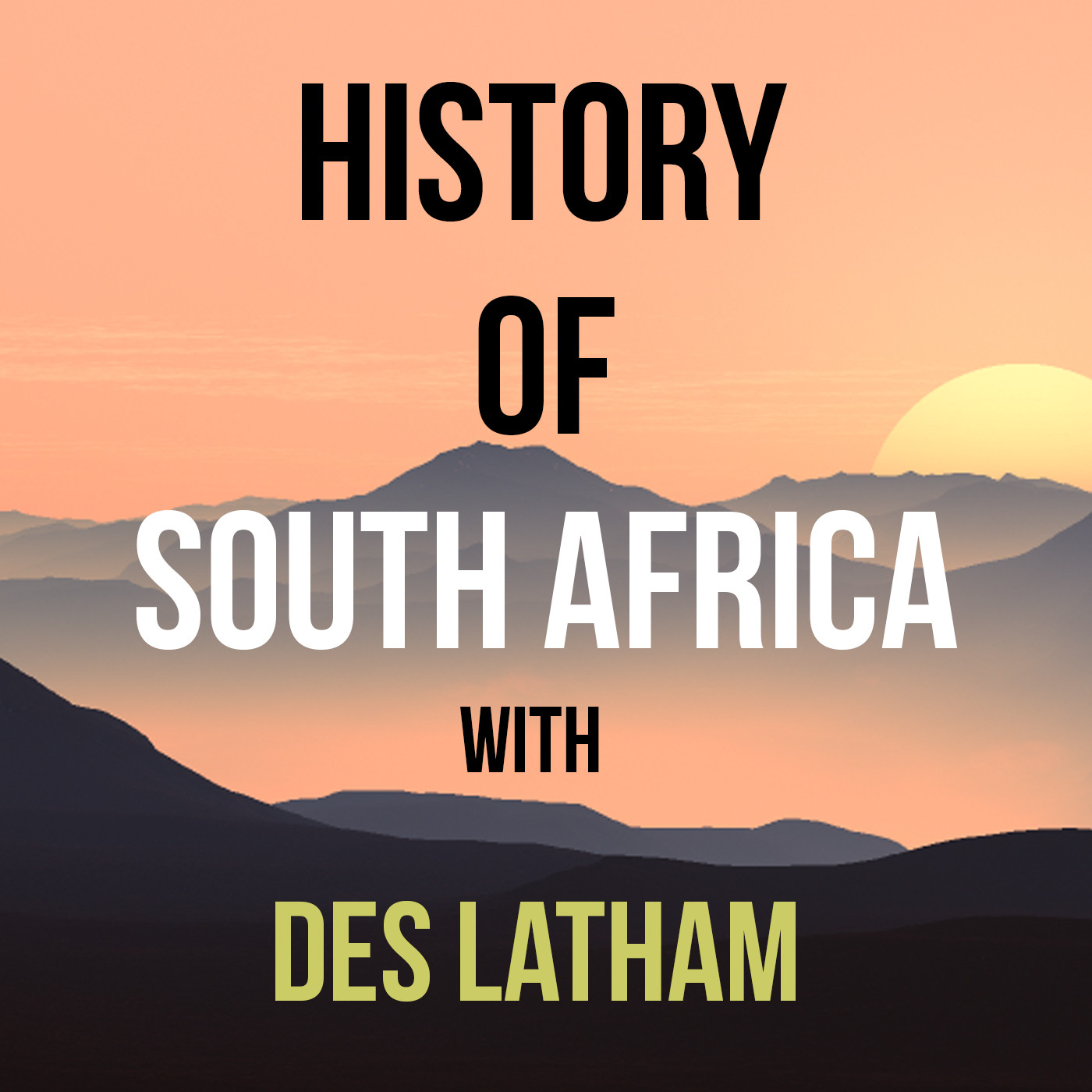- History
- SEE MORE
- classical
- general
- talk
- News
- Family
- Bürgerfunk
- pop
- Islam
- soul
- jazz
- Comedy
- humor
- wissenschaft
- opera
- baroque
- gesellschaft
- theater
- Local
- alternative
- electro
- rock
- rap
- lifestyle
- Music
- como
- RNE
- ballads
- greek
- Buddhism
- deportes
- christian
- Technology
- piano
- djs
- Dance
- dutch
- flamenco
- social
- hope
- christian rock
- academia
- afrique
- Business
- musique
- ελληνική-μουσική
- religion
- World radio
- Zarzuela
- travel
- World
- NFL
- media
- Art
- public
- Sports
- Gospel
- st.
- baptist
- Leisure
- Kids & Family
- musical
- club
- Culture
- Health & Fitness
- True Crime
- Fiction
- children
- Society & Culture
- TV & Film
- gold
- kunst
- música
- gay
- Natural
- a
- francais
- bach
- economics
- kultur
- evangelical
- tech
- Opinion
- Government
- gaming
- College
- technik
- Jesus
- Health
- movies
- radio
- services
- Church
- podcast
- Education
- international
- Transportation
- Other
- kids
- podcasts
- philadelphia
- Noticias
- love
- sport
- Salud
- film
- and
- 4chan
- Disco
- Stories
- fashion
- Arts
- interviews
- hardstyle
- entertainment
- humour
- medieval
- literature
- alma
- Cultura
- video
- TV
- Science
- en
Episode 30 Shipwrecked women and their Xhosa clan, the art of making amasi and the amatakati

This is episode 30 and we\u2019re covering the mid-18th Century, including tales of shipwrecked sailors, the art of making amasi and dealing with the amatakati or witches.
\n
\nWe\u2019ve heard much about the developments in the north of the Cape, the bokkeveld and the Roodezand up to 1740. Now we\u2019ll swing our gaze to observe what was going on at the same time in the Eastern Cape frontier.
\n
\nIt\u2019s vaguely defined at least at this time as the area lying east of the Gamtoos River. This is important because its here that black South Africans speaking a Bantu language first encountered white settlers as distinct from traders or even missionaries.
\n
\nThe Nguni people however had a much longer connection with Europeans. Survivors of shipwrecks starting around 1554 lived amongst the Xhosa until they met survivors from other wrecks or from expeditions sent to find them. Many of these former sailors refused to return home.
\n
\nThey were living as Thembu or Xhosa and had found the lifestyle to their liking. For example in 1705 an expedition sent to Natal to look for timber found an Englishman living with African wives there who was so well satisfied that two of the crew actually deserted to join him instead of the other way around.
\n
\nTwo other men who survived from an early 18th Century wreck on the Mpondo Coast became progenitors of the clan still known as the Lungu \u2013 short for Abelungu in other words, the white clan. A girl wrecked with them later married Mpondo chief Xwabiso. Her daughter in turn was met by explorer Jacob van Reenen in 1790. By then she was an old woman. But she wasn\u2019t the only European woman who\u2019d been saved by locals as we\u2019ll hear.
\n
\nAnd if you consider the statistics regarding shipwrecks off the South African coast as a whole you\u2019ll begin to understand how these first contacts between Nguni and European developed.